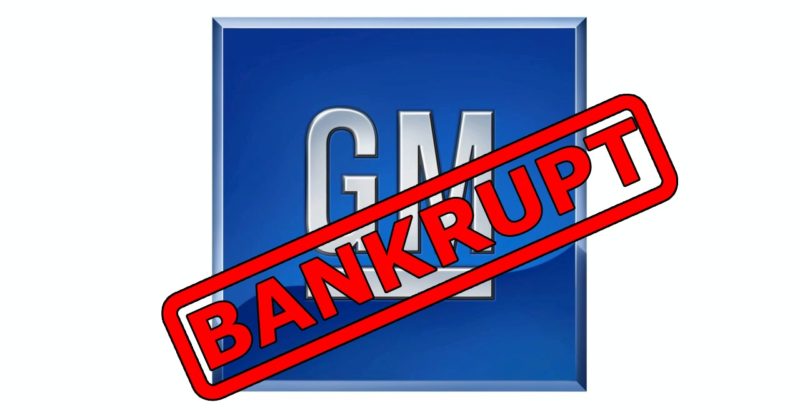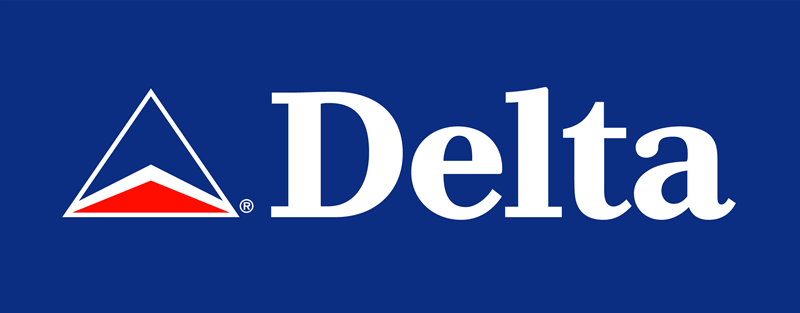One of the strongest brands of the automotive industry, the Volvo Car Corporation was founded in Gothenburg, Sweden by Assar Gabrielsson and Gustaf Larson in 1927. From the very beginning, the aim of the two owners was to construct vehicles that will be safe, compatible to the Sweden’s climate and awful roads at that time. So the company’s development in last 80 years was focused on safety-the main principle of Volvo’s design, quality and durability of the vehicles. The first truck was introduced and immediately sold in January 1928 and not only in Sweden. In 1930s there was an export of Volvo trucks to Europe. In 1929 the first marine engine was introduced, followed by the first bus that was launched in 1934 as well as the aircraft engines in 1940s making the company to develop and grow and become global group worldwide. In 1999 Volvo Group sold Volvo Cars Continue reading
Business Analysis Case
Case Study: Kellogg’s Business Strategy
Kellogg’s is the world’s largest cereal maker since 1906 and is located in the United States. Kellogg’s products has become a part of the delicious mornings for the people around the world since a century. Its business is operated in two segments: Kellogg’s North America and Kellogg’s International. 66% of the revenue to the company comes from North America region which consists of the Canada and the United States. The remaining 34% comes from the Kellogg’s international market which consists of Europe (20%), Latin America (8%) and Asia Pacific (6%). The products vary from ready-to-eat cereals to convenience foods such as cereal bars, cookies, toaster pastries, crackers, frozen waffles, snacks and veggie foods. Obesity and Health & Wellness is the primary concern for people in the world today. Kellogg’s has invested on this trend by introducing many health focused products like Kellogg’s ®, Pop-Tarts ®, Cheez-It ®, Mini-Wheats ®, Nutri-Grain Continue reading
Case Study: The Decline and Fall of General Motors
Failure to innovate is the key reason to the downfall of Old General Motors. Innovation is the process whereby the management team of an organization is charged with the responsibility of introducing something new, which might be a new idea or a methodology or rather, a contrivance to facilitate the operational concerns and production. The Old General Motors failed with innovations in the company. These innovations were needed to ensure that the Old GM able remains competitive, and the company was able to manufacture cars that are in line with the client’s demands. This is related to the Old GM’ field of business to ensure that the organization do continue to produce the respective consumer centered product. The manufacturing industry such as the General Motors, innovation ensure that the output they deliver to the consumer do meet their needs, and expectations in a way that is realistic and makes their Continue reading
Case Study: Nissan’s Successful Turnaround Under Carlos Ghosn
Nissan is a famous automobile manufacturing company which was founded in 1933. After the Second World War, Nissan expanded its operations globally. Nissan was very well known for its advanced engineering and technology, plant productivity and quality management. However, during the previous decade, Nissan management has emphasized on short-term market share growth, instead of profitability or long-term strategic success. Nissan’s designs had not reflected customer opinion. In addition, Nissan managers tended to put retained earnings into keiretsu investing (equity of suppliers), rather than reinvesting in new product designs as other competitors did. These inappropriate strategies combining with the Asian crisis influence on a devaluation of the yen led Nissan to the edge of bankruptcy. Nissan was in need of a strategic partner that could lend both financing and new management ideas to foster a turnaround. Furthermore, Nissan sought to expand into other regions where it had less presence. In order Continue reading
Case Study: Amazon’s Competitive Advantage
Amazon.com is a multinational E commerce company, which was founded by Jeff Bezos who is considered to be one of the world’s top innovative executives. Amazon.com started as an online bookstore and expanded with time to sell almost everything. The role of information system in this company is a leading role, because the company is an online retailer. The company started as an online store for books to rapidly expand to sell everything such us beauty items, auto parts, apparel, electronics and groceries. Amazon’s logo shows an arrow that stretches from A to Z, which also forms a smile to indicate Amazon’s care for customers’ satisfaction. Core Competency The core competencies for Amazon has been identified as customer convenience and accessibility, unlimited options for selection, custom-made services, the superiority of the content of the web site, the efficient and good quality search tool to find the items of one’s choice Continue reading
Case Study: Delta Airlines Successful Business Turnaround Strategy
In 1924 Collet Everman Woolman and an associate started the Huff Daland Dusters crop dusting operation, this was the first agricultural airplane made for the purpose of crop dusting for getting rid of boll weevils and insects. The dusting speed was 80-85 mph and the advantage it had was low speed flying, heavy payload capacity and low maintenance cost. This creation was the roots of Delta Air Lines. In 1928 the crop dusting operation broke away from the parent company and became Delta Air Service. The company began getting contracts in delivering airmail and then in 1929 Delta began transporting passengers flying them to Dallas, Jackson and Mississippi. Later other routes were added to Atlanta and Charleston. Delta’s success was growing and began getting popular when the U.S. government awarded it an airmail contract in 1930. It remained in business during a temporary but costly suspension in the airmail contract Continue reading




